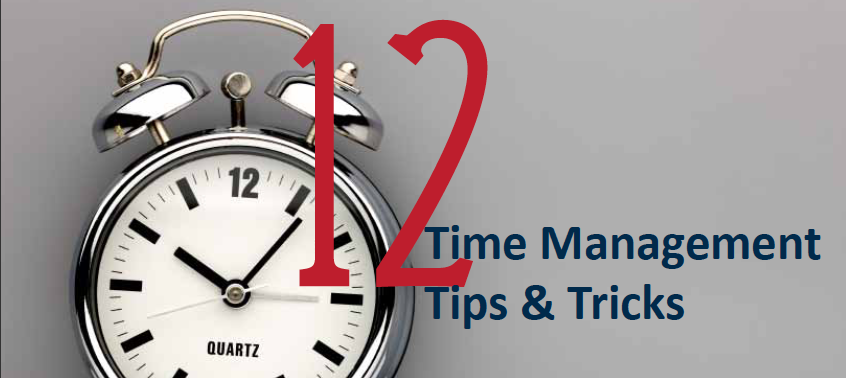Inforgraphic: A Visual History of Thanksgiving
Thanksgiving is one of the biggest holidays of the year in the United States. It’s an opportunity to gather with family and friends to celebrate, give thanks, and even watch a little football.
The Thanksgiving holiday has an interesting history and several intriguing facts surrounding it. For example, did you know that the government officials tried to make Thanksgiving an official holiday in both 1630 and 1789, but that it didn’t catch on as a holiday until President Lincoln officially made it one in 1863?
Please take a look at the attached infographic that provides a great breakdown on the history of this holiday, including food consumption, parade attendance, and the real reason why we play so much football on Thanksgiving.
We hope that you have a fantastic Thanksgiving with friends and family.



